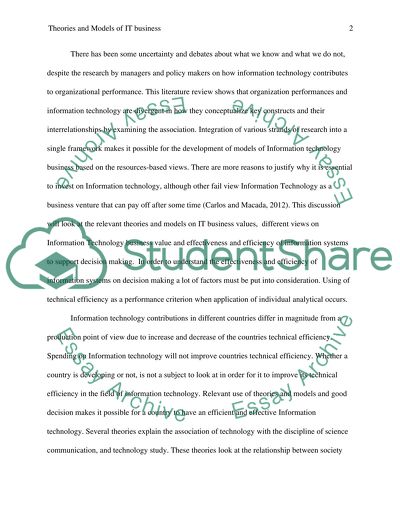Cite this document
(“An assessment of business value of information technology in Literature review”, n.d.)
An assessment of business value of information technology in Literature review. Retrieved from https://studentshare.org/information-technology/1479379-an-assessment-of-business-value-of-information
An assessment of business value of information technology in Literature review. Retrieved from https://studentshare.org/information-technology/1479379-an-assessment-of-business-value-of-information
(An Assessment of Business Value of Information Technology in Literature Review)
An Assessment of Business Value of Information Technology in Literature Review. https://studentshare.org/information-technology/1479379-an-assessment-of-business-value-of-information.
An Assessment of Business Value of Information Technology in Literature Review. https://studentshare.org/information-technology/1479379-an-assessment-of-business-value-of-information.
“An Assessment of Business Value of Information Technology in Literature Review”, n.d. https://studentshare.org/information-technology/1479379-an-assessment-of-business-value-of-information.


